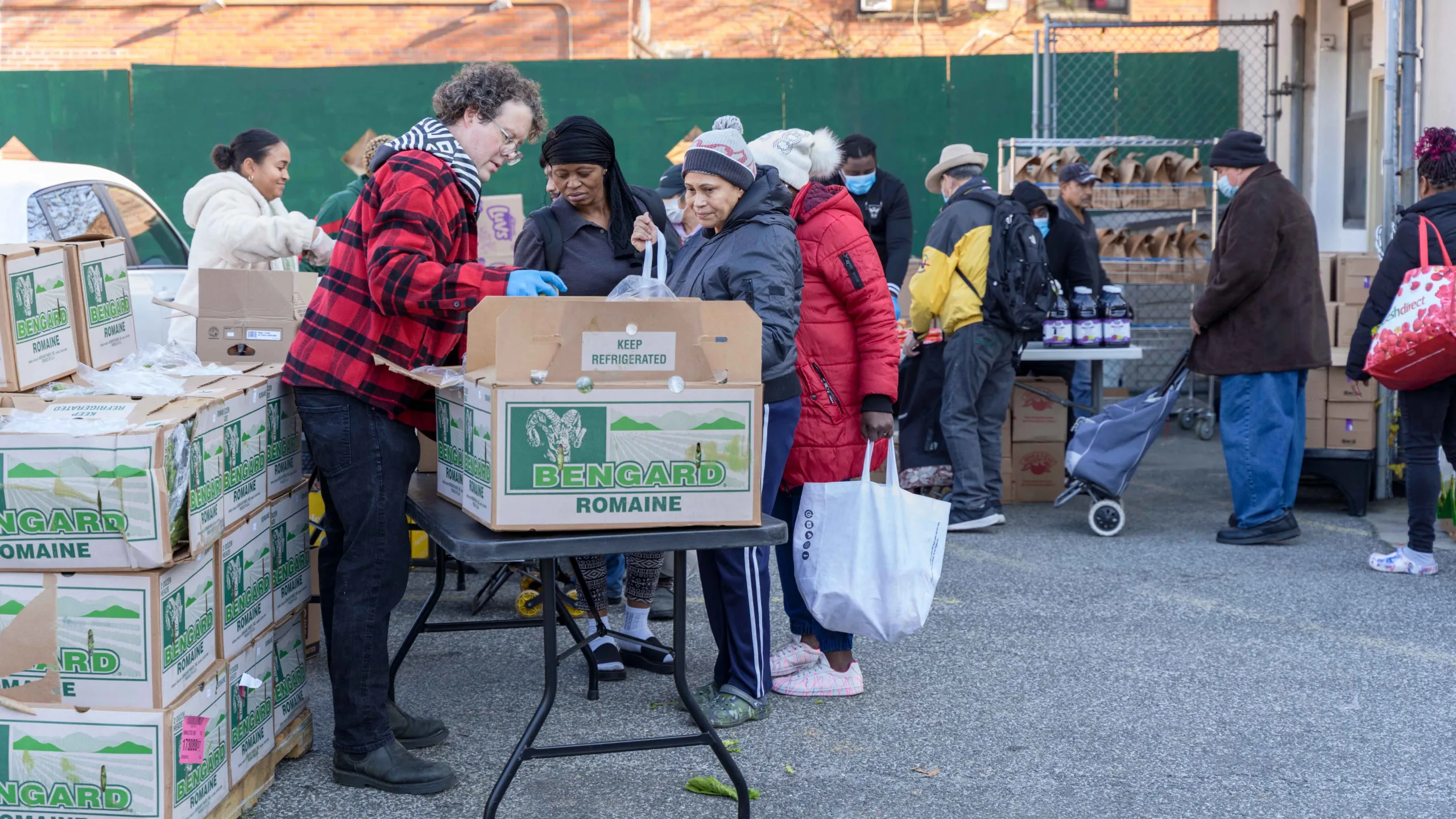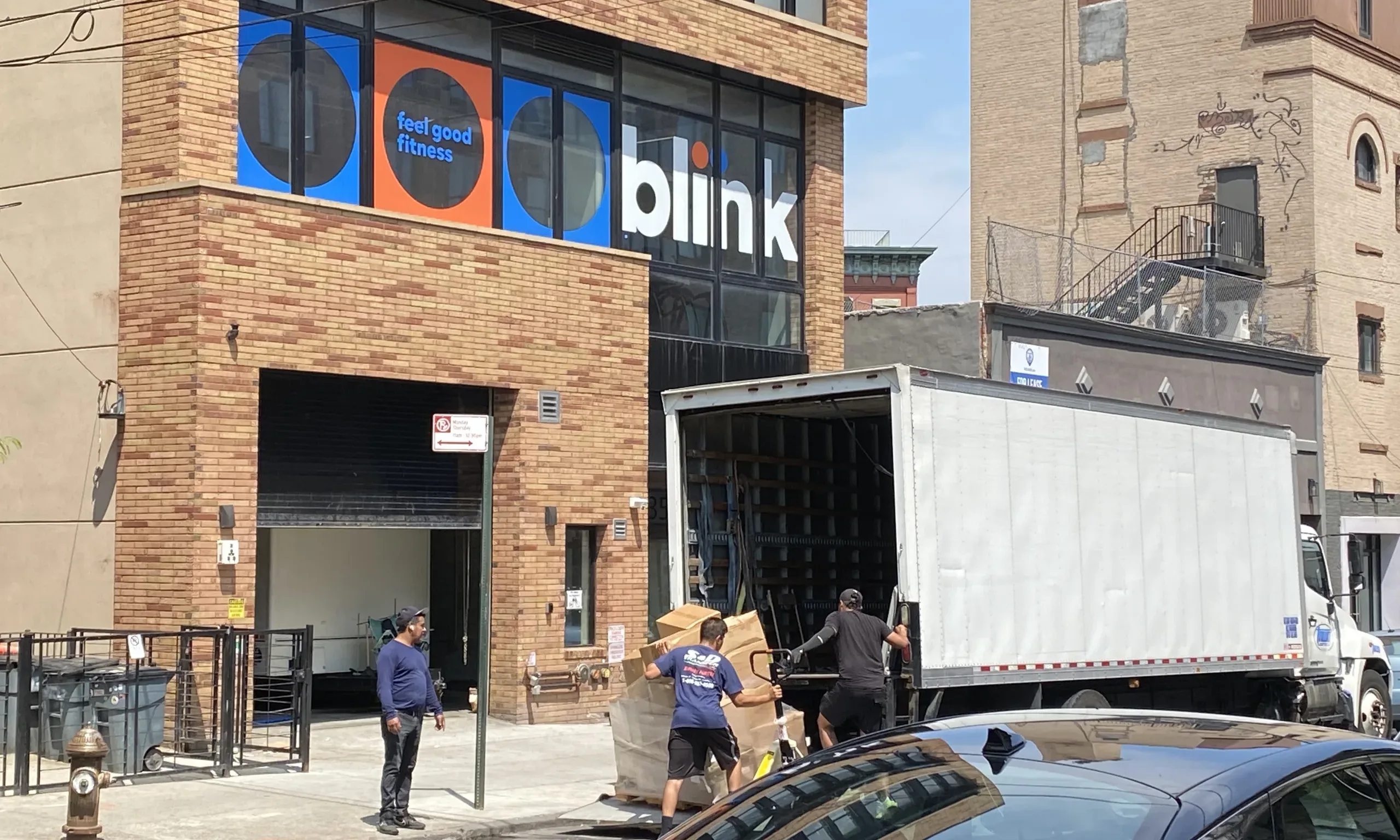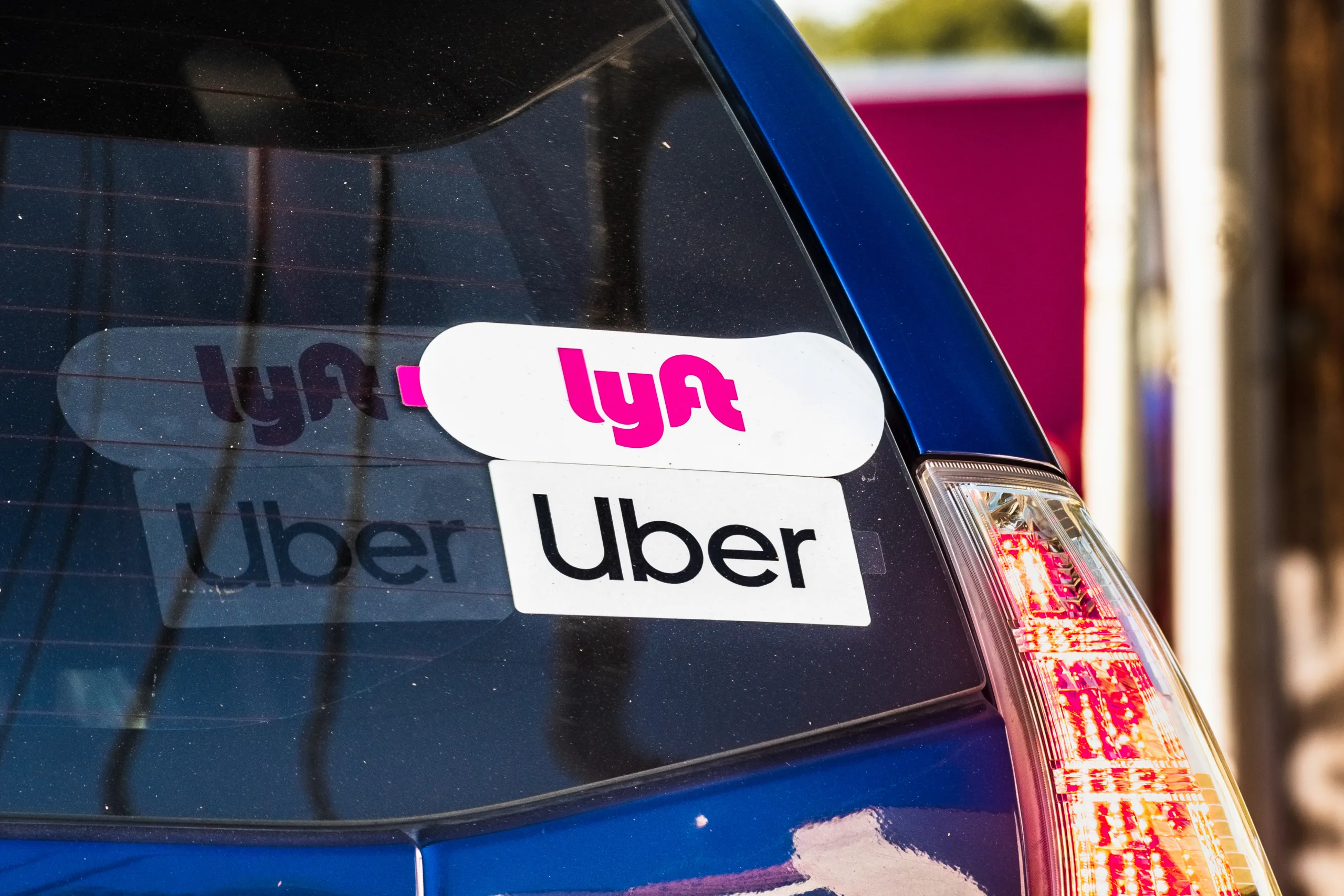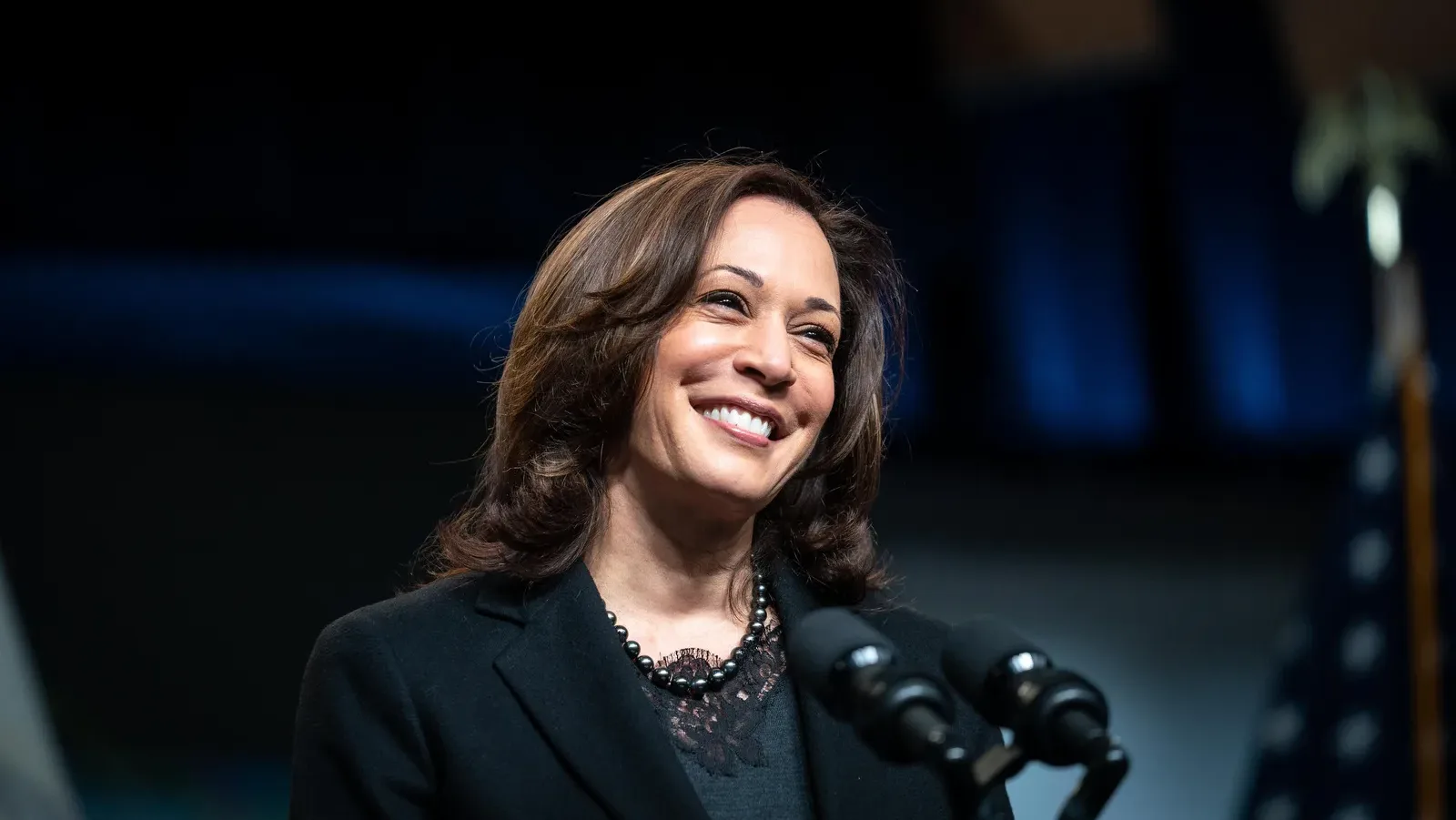Nancy Kong remembers the shock after she hitchhiked back to New York from Ohio in the hours after the fall of the twin towers — she couldn’t recognize the Lower Manhattan where she grew up. “On each corner stood a military man with a rifle, and F16 jets flew above every 30 minutes,” said Kong. “It was like a war zone.”
Now most of this is a distant memory except for a short but vital road named Park Row, where Chatham Towers, an apartment complex Kong moved into shortly after 9/11, is located. The street connecting Chinatown and a broader world was shut down after the attacks and remains closed to traffic through today. Residents who live along the road lament a stressful environment in which they have to pass police checkpoints to go home, while Chinatown bemoans the loss of a traffic artery, which places a chokehold on its economy. Some even consider the closure of Park Row as the beginning of a slow death of Chinatown, which for generations had been the robust haven for Chinese immigrants.
Persistent calls from the community for the reopening of Park Row in the past 20 years have gone nowhere. Park Row’s proximity to one Police Plaza, the headquarters of the New York Police Department seems to have cemented its fate as the police insist the blockage is critical for the security of the complex. But this year, when elections are producing a new cohort of leaders in City Hall and infrastructure funding is set to flow into the City from the federal government, Chinatown’s battle against the closure is being reinvigorated.
“The first few years, it was OK. Then five years passed, then ten years. But we never thought it would still be closed off,” said Kong, a co-founder of the Park Row Alliance. The residents organization sent letters to all candidates in the district of Chinatown before the primary, and mobilized voters for some. Now with their favorite city council and mayoral candidates in a position to get elected, “we have renewed hope,” said Kong.
Zigzagging from City Hall Park on Broadway, stretching under the beginnings of the Brooklyn Bridge and ending in Chatham Square in Chinatown, the four-lane Park Row had been a lifeline to the restaurants and shops in the neighborhood. Visitors from Brooklyn and New Jersey could drive off the FDR and easily access Chinatown via the thoroughfare. Tour buses unloaded hundreds of tourists a day on the road, and office workers in the civic and financial districts walked down Park Row to a food heaven for a dumpling or dim sum lunch.
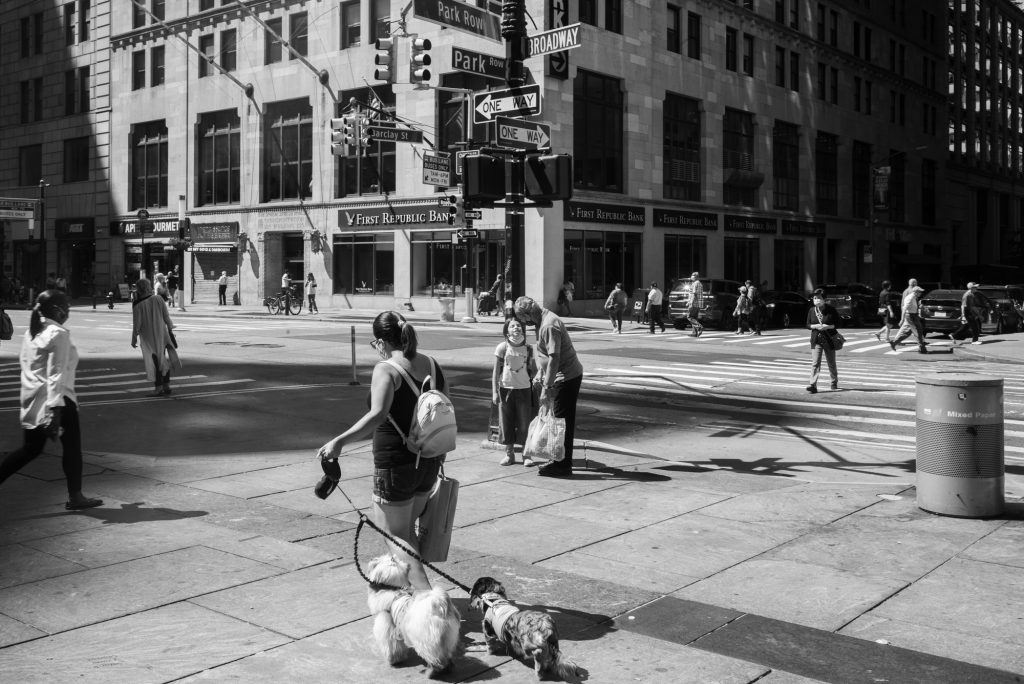
All of this upended when in the immediate aftermath of the 9/11 attacks, the police created a no-traffic security zone around its headquarters, shutting down Park Row between Brooklyn Bridge and Chinatown and a few other blocks nearby. They also shut down a municipal garage with more than 400 parking lots under the plaza. Chinatown has never fully recovered. “The flow of people in Chinatown now is at most half of the level before 9/11,” said Andy Wang, owner of the Taiwan Pork Chop House on Doyers Street.
Jan Lee, a member of the Civic Center Residents Coalition (CCRC), said the residents group conducted a survey of stores in the heart of Chinatown and found that closer to the police headquarters, the higher the number of vacancies in the 10 years since 9/11. The casualties include his own antique store on the south end of Mott Street, which has moved to Brooklyn. “I moved during the recession of 2008, but I was already starting to see the decline in Chinatown from 2001 to 2008,” said Lee, who grew up in Chinatown.
The closure of Park Row was not the only curse Chinatown has suffered since 9/11. The garment industry, a major economic pillar in the neighborhood, has been wiped out by competition from cheap labor in Asia. The special parking permits the City issues to certain employees allowing them to park basically wherever they like squeezes the already crammed public space in the neighborhood.
Also Read: How Mutual Aid Supported Chinatown When the Government Failed
Chinatown’s population continues a downward spiral already shown in the 2010 census. In the ten years since then, the neighborhood has lost another 1,500 residents, with the decline of Asian residents being a massive 4,600, making it one of the very few shrinking neighborhoods in the City. And of course the pandemic’s impact on tourism and the restaurant industry has piled on the grief.
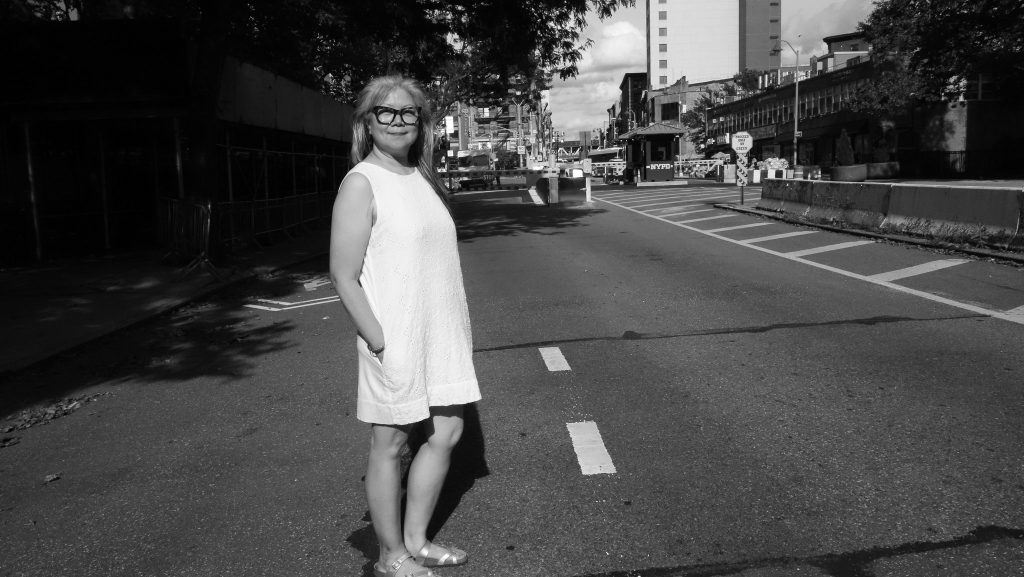
But many people in Chinatown believe the closure of Park Row exacerbates all the other problems. “Traditional Chinese medicine believes one has to have energetic air flowing in his or her body in order to stay healthy,” said Wellington Chen, executive director of the Chinatown Business Improvement District (BID). “But with Park Row blocked, we cannot breathe.“
Residents filed two lawsuits in 2003 and 2005, respectively, forcing the NYPD to do an environmental impact study of streets closing around its headquarters. Both times, the reports came back with the same conclusion — that the economy in Chinatown was not affected much and the closure should continue. People in Chinatown didn’t agree.
The lawsuits did bring some positive changes, however. Two bus lines and emergency vehicles were allowed to go through Park Row. Then, in the summer of 2018 came a major breakthrough when pedestrians and bikes were welcomed back.
Still, to the 1,300 residents living in Chatham Towers and Chatham Green, the two apartment complexes along the road, life hasn’t improved much, and even has deteriorated to some extent. With no proper signs, ambulances rarely come down the road, the shortest route to the closest hospital, New York-Presbyterian Lower Manhattan Hospital (formerly Downtown Hospital), for the residents. The bike lane, opened in 2018, is now partially blocked by the NYPD again. During the Black Lives Matter protests last year, residents found sometimes they were asked for I.D. at checkpoints, snipers were placed on the rooftop of Chatham Green, and more metal barricades were installed on the road.
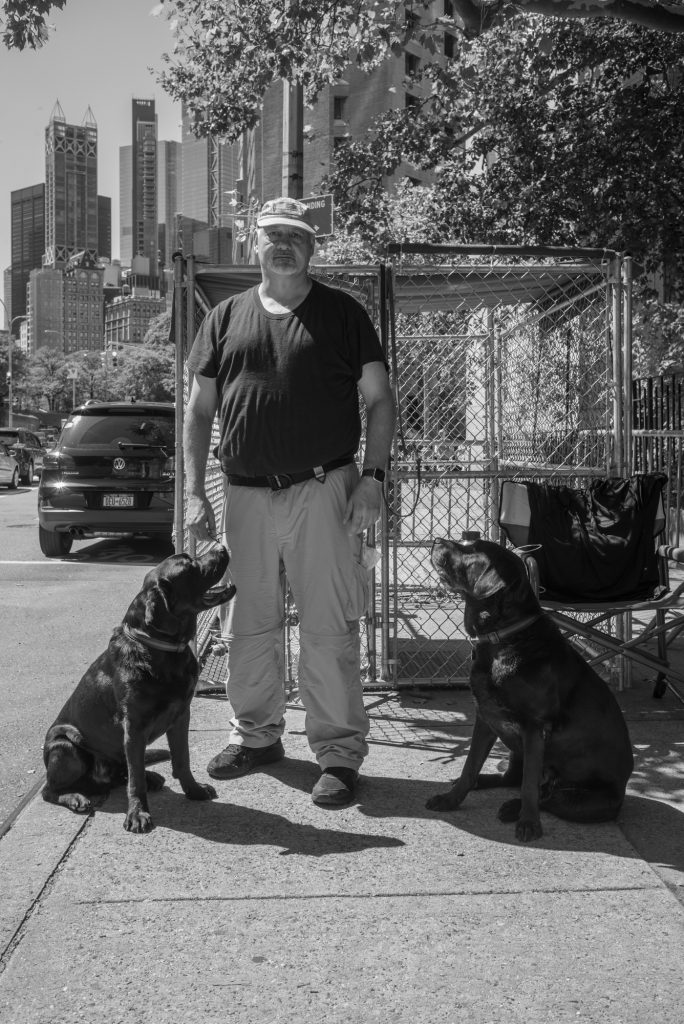
The protests have long subsided, but barricades remain, forcing residents in wheelchairs to maneuver through the impeded path. “The NYPD seems to have forgotten human beings are still living here,” said Kong. “If we were not Park Row but Park Avenue, would they be treating us like this?”
All elected officials representing the Chinatown area have called for Park Row to be reopened. But to activists, none of them really consider it a priority. At the end of 2018, in order to push for his borough-based jail plan that includes building a high rise detention facility in Chinatown, Mayor Bill de Blasio held a closed door meeting with elected officials and community activists to learn what they wanted in exchange. Reopening Park Row was brought up. But it didn’t make it on the bucket list of the city’s offerings.
Margaret Chin, Chinatown’s council member who moderated the meeting, said the community cannot expect the negotiation about the jail plan to solve all its problems. “[Reopening Park Row] is not going to happen in this administration. We have been advocating for 20 years,” said Chin. “I have to fight for the things that I can get realistically for the community.”
Chin said the reason that it’s a dream that’s hard to fulfill is that it’s related to anti-terrorism security which is beyond the City’s authority to make a decision. “I spoke to Mayor Bloomberg when he was still the Mayor,” said Chin. “He said if it’s up to him, he would reopen Park Row.”
Some activists claim the security concerns of the NYPD are overblown as many other potential targets, including the nearby City Hall, do not prohibit traffic around them. But Chin was cautious. Lower Manhattan has gone through attacks twice in 1993 and in 2001 respectively, she said, “When it comes to security, I don’t think we should doubt that.”
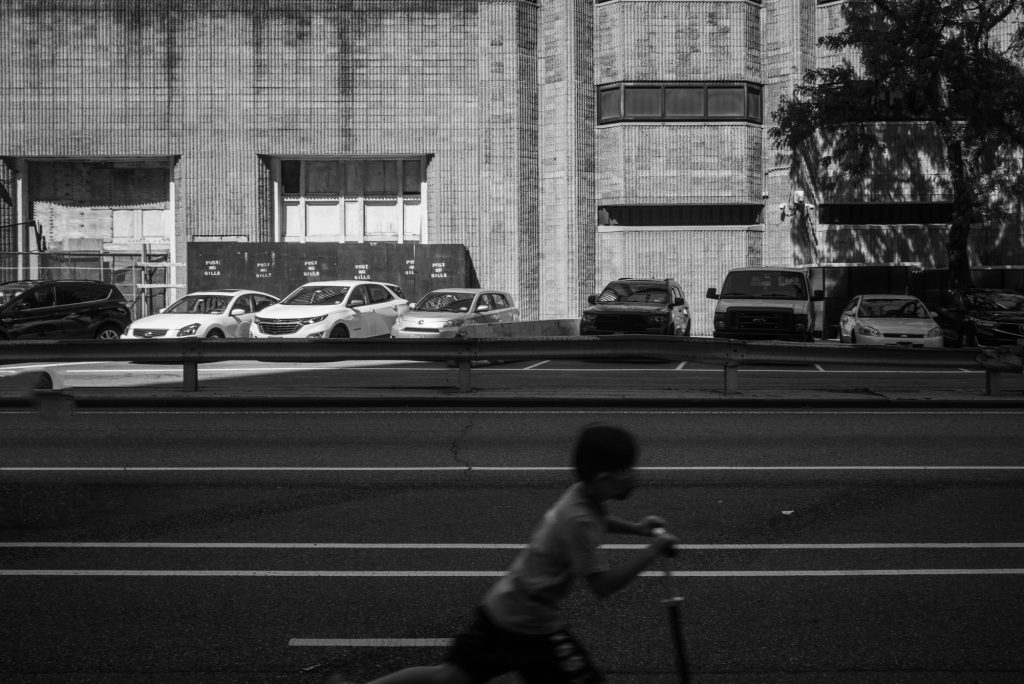
A spokesperson for Gale Brewer, the Manhattan Borough President who brought up the Park Row topic first at the meeting with the Mayor, said in a statement that “the major barrier to re-opening it is the police department,” and Brewer has met with previous police commissioners and is still seeking to set up a meeting with current commissioner Dermot Shea to push for a reopening.
The NYPD didn’t respond for comment by press time despite the multiple requests.
But activists in Chinatown have lost their patience. “We cannot rely on anyone representing this district now. They’ve been in the office for many many years, and Park Row is still the same,” said Lee. “We need new leadership from top to bottom.”
During the primary election, many Chinatown activists galvanized around city council candidate Christopher Marte, who won the primary and is now most likely to replace Chin when she is termed out at the end of this year. Marte, who first ran for the council seat in 2017 with a single issue campaign of reopening Park Row, said his sights have never shifted away from the issue. The lifelong Lower East Side resident witnessed the fall of the first tower at the World Trade Center as an eighth grader on the rooftop of his school. The once highly popular J&R computer store on the City Hall end of Park Row where his father used to work closed a few years after Park Row was blocked. And the Chinatown he knew that was expanding before 9/11 is now shrinking.
TestPost3
Marte said he will fight much more aggressively than previous elected officials and he believes former police officer Eric Adams, the likely incoming Mayor, will work with him. “He knows the district well. He comes to Chinatown a lot,” Marte said about Adams. “When he was with the NYPD, he was an advocate for change and reform.” Adams’ campaign didn’t respond for comment by press time.
If the new leaders can form a consensus, Chinatown has prepared more than one option for them to take. The CCRC, for example, has resumed their call for the NYPD to move out of the neighborhood. If the police headquarters is still a target for future terrorist attacks, “the ideal thing to do is to move the target,” said Danny Chen, a CCRC member and resident of Chatham Green. Don Lee, a Chinatown activist, has a plan to keep the NYPD headquarters where it is and safely reopen Park Row by building a greenspace pathway above the street and opening the ground level Park Row for vehicles.
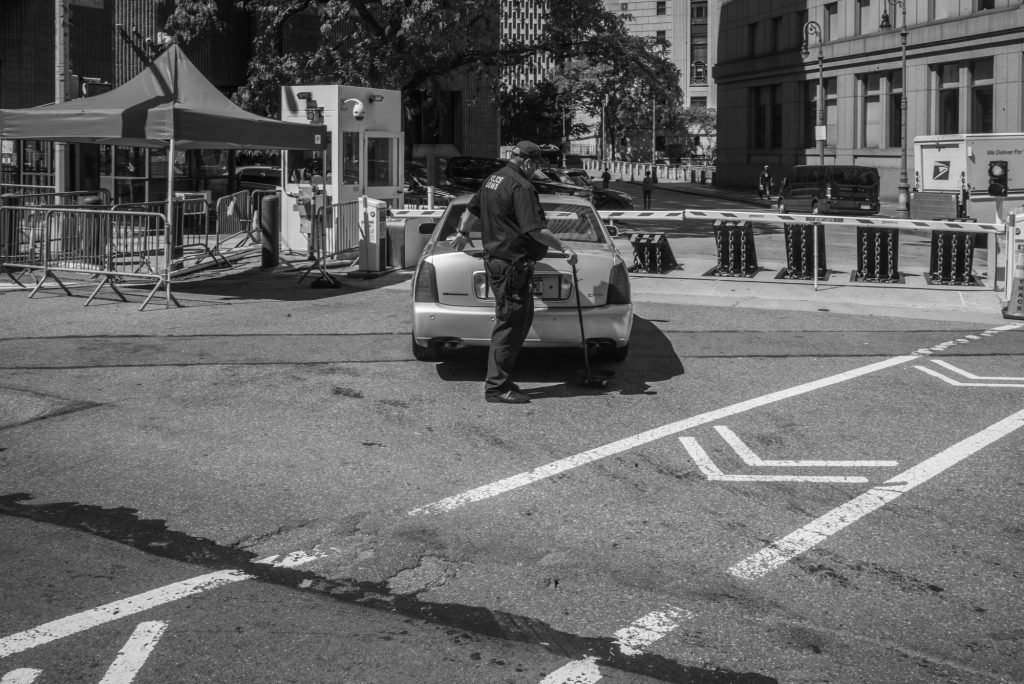
On a steamy afternoon in mid August, Kong took this reporter for a walk on Park Row. Many police cars were parked on the road, the vehicle lanes were blocked by stop bars, an old man holding a wheeled walker was trying to squeeze through two stone barriers on the sidewalk beside Chatham Towers, and metal barriers were shining under piercing sunlight. It was not an inviting picture. Kong still vividly remembers the more accessible and robust Chinatown from her childhood. “I love this neighborhood so much,” said Kong. “I just want it to be livable.”
On nearby Canal Street, crafts vendor Shaohua Yu seemed to have lost hope. Yu said his business is far worse than before 9/11 because of the decrease of visitors to the neighborhood. He thinks reopening Park Row would help, but Chinatown may not be able to ever go back to the good old days. “This neighborhood is dying. Before 9/11, the streets were busy and shops were open at 11 p.m., and now after 6pm everything is closed and the streets are empty.” said Yu, who has been working on Canal Street since he moved to the U.S. in 1999. Yu said if Chinatown no longer exists, he doesn’t know what he would do. “I can’t go back to China,” said Yu. “I’ve been here for too long. This is my home.”


